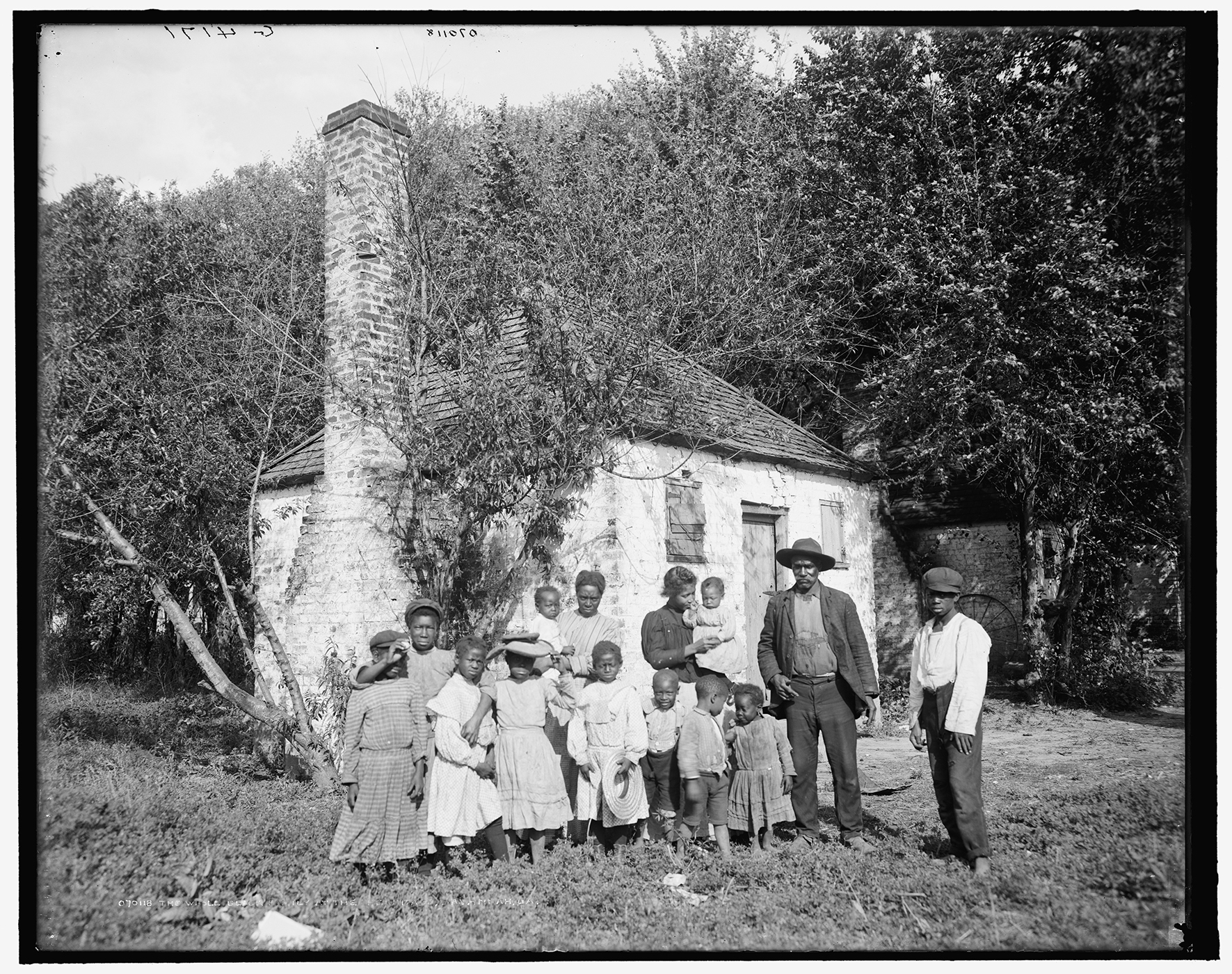One of the most important components of the Saving Slave Houses project is the “Slave House Database.” The Slave House Database (SHD) is an interdisciplinary national study of slave houses in the United States. Through the SHD project a vast array of information about slave houses is collected and housed in a centralized repository. The SHD is designed to be a crosswalk for diverse fields to analyze and interpret slave houses, as well as connect to other resources. The SHD is a flexible and dynamic tool that has the capacity to yield diversified information about slave houses that can be tailored to a user’s desired outcome. The SHD is designed to be a resource for researchers, descendants, museums, organizations, and the public to study and interpret the surviving evidence of slavery. The SHD is a way to preserve and study the important, but largely lost, slave house.
The Slave House Database has two parts – documentation and interpretation. The documentation is the visual representation of the spaces; and the interpretations are descriptions of the spaces from the actual inhabitants who lived and worked there during slavery. The architectural drawings and images of slave houses represent snapshot in time. In this context, slave houses are considered artifacts, and like all artifacts, they can convey important messages about their makers, occupants and uses. The most direct way of getting at an accurate interpretation of the uses, activities and feelings associated with the historic slave house is through the accounts left by formerly enslaved people themselves. The inclusion of narratives from ex-slaves who lived in the house fuse a voice about the human condition with the physical structure.
Disclaimer: This is not a link to the Database. I am currently working on finding funding and support in order to make the Database publicly accessible.

